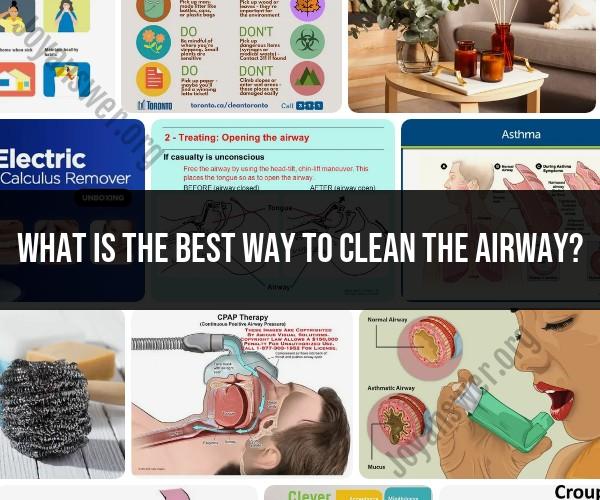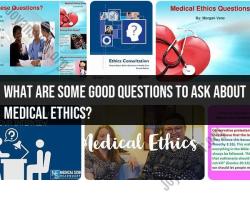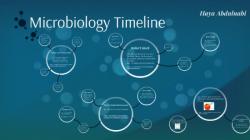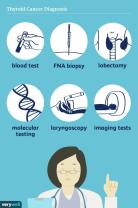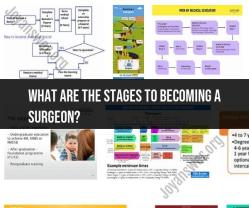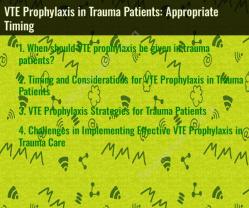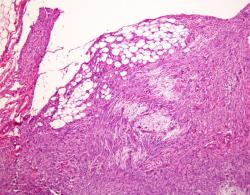What is the best way to clean the airway?
Clearing the airway and ensuring proper airway management is crucial for maintaining oxygenation and ventilation, especially in emergency situations. Here are some best practices and techniques for effective airway management:
1. Basic Assessment:
- Check for responsiveness: Tap the person and shout to assess their level of consciousness.
- Look for signs of breathing: Observe chest rise and fall, and listen for breathing sounds.
2. Head-Tilt Chin-Lift Maneuver:
- For an unconscious person without suspected neck or spine injury, gently tilt their head back while lifting the chin to open the airway.
3. Jaw-Thrust Maneuver:
- If there is a suspected neck or spine injury, use the jaw-thrust maneuver. Place your fingers behind the angles of the jaw and lift the jaw forward without tilting the head.
4. Clearing Obstructions:
- If you see an obstruction, remove it using a finger sweep or suction device, if available.
5. Recovery Position:
- If the person is breathing normally and you're not concerned about their neck or spine, place them in the recovery position to maintain a clear airway.
6. Chin-Lift with Mask Ventilation:
- For rescue breaths, perform the head-tilt chin-lift maneuver to open the airway while providing mouth-to-mouth or mouth-to-mask ventilation.
7. Basic Life Support (BLS):
- If the person is not breathing, initiate BLS, including chest compressions and rescue breaths.
8. Advanced Airway Techniques:
- In advanced cases, advanced airway devices such as supraglottic airways or endotracheal tubes may be necessary. These require proper training.
9. Suctioning:
- Use a suction device to clear the airway of fluids or secretions, especially when dealing with unconscious or critically ill patients.
10. Oropharyngeal and Nasopharyngeal Airways:
- These devices can help maintain a patent airway by preventing the tongue from obstructing the back of the throat.
11. Bag-Valve-Mask (BVM) Ventilation:
- BVM devices can deliver positive pressure ventilation. Proper technique is important to prevent gastric insufflation.
12. Continuous Monitoring:
- Continuously monitor the person's airway, breathing, and oxygen saturation levels.
13. Use of Airway Adjuncts:
- Airway adjuncts like intubation and supraglottic airways may be used by trained medical professionals when indicated.
14. Proper Training:
- It's essential to receive proper training in airway management techniques, especially for advanced procedures.
15. Teamwork:
- In emergency situations, effective communication and coordination among healthcare providers are crucial for successful airway management.
Remember that airway management requires skills and may vary depending on the situation, the patient's condition, and your level of training. In emergency situations, seek help from medical professionals when available.
